Countries
Solidarity campaigns
Central Asian Labor Migrants Amid Lockdown in Russia
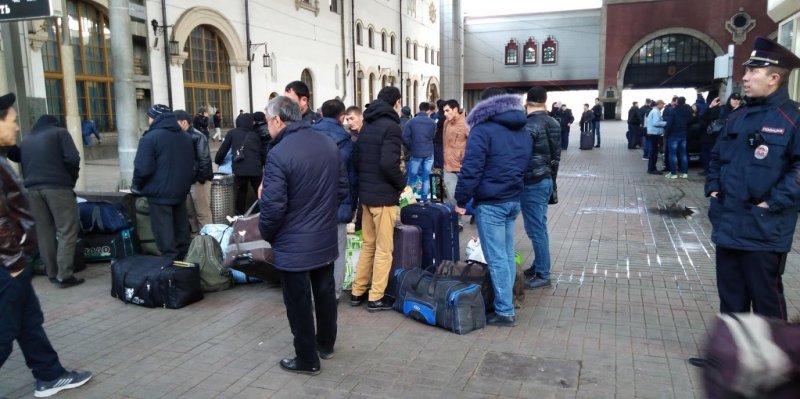
As of March 18, Russia had announced a ban of entry to all foreigners for a period lasting until at least May 1. This means that many seasonal labor migrants from Central Asia who come to Russia in the spring months will now have to stay at home (needless to say, Central Asian countries have also closed their borders for international travel). Additionally, many of those who are currently in Russia and employed in the services sectors are facing the loss of their jobs. As the number of new infections began to soar, Russian authorities started to take strict measures of confinement, especially in Moscow, the country’s capital and the largest destination for labor migrants. The so-called ‘non-working week’ at the end of March was followed by a non-working month until the end of April. But the end of a lockdown seems unlikely as the COVID-19 cases in Russia continue to grow fast: there were more than 52,700 reported cases as of April 21, 2020 with 456 deaths.
There are conflicting figures on the number of labor migrants in Russia. There were around 1.7 million work permit holders by the end of 2019. However, this number does not include hundreds of thousands of undocumented people and citizens of Kyrgyzstan, a member of the Eurasian Economic Union, whose citizens do not need work permits to work in Russia. Overall, there were more than 700,000 Kyrgyz, 1.2 million Tajik and 2.1 million Uzbek citizens in April 2019. According to Russian officials, one third of migrants work in trade, 16% in construction, 14% in transport and communications, 7% in the hotel business, 8% in domestic services (such as cleaning, caring for the elderly).
Migrants are a backbone of the Russian economy. While the number of labor migrants constitutes 7.2% of the country’s total workforce, their economic output is estimated at 10.5% of the Russian economy. The imbalance of the available workforce in Russian regions complicates the situation: an abundant number of jobless migrants have to stay indoors in Moscow and St Petersburg, while spring opens the season for agricultural work in the country’s southern regions; usually, seasonal workers from Central Asia would come to those regions in the springtime. Although migrant workers in Moscow could find ways to physically travel to southern regions amid the lockdown, legally this would be impossible since their work permits are tied to their region of residence.
Businesses have already expressed concerns over the potential deficit of cheap labor as the country remains closed for migrant workers, leading the Russian government to implement measures aimed at keeping migrants employed. On April 18, Russian president Vladimir Putin signed a decree allowing labor migrants to work without work permits (eliminating the need for permit payments) from March 15 to June 15 due to the Covid-19 crisis. This also means their stay in Russia has been automatically prolonged without penalties (i.e. fines/deportation). The unexpected decree has even surprised migrant rights activists, and it has been seen as a proper and humane step for the Russian government. A day before, the Russian president had urged local governors to let migrants return from self-isolation to construction sites, an important sector of Russian economy where the largest share of labor migrants are employed. The Russian government, concerned with the halting of the construction sector, has allowed businesses in this sphere to operate exempt from the countrywide confinement.
Russian president urged local governors to let migrants return from self-isolation to construction sites
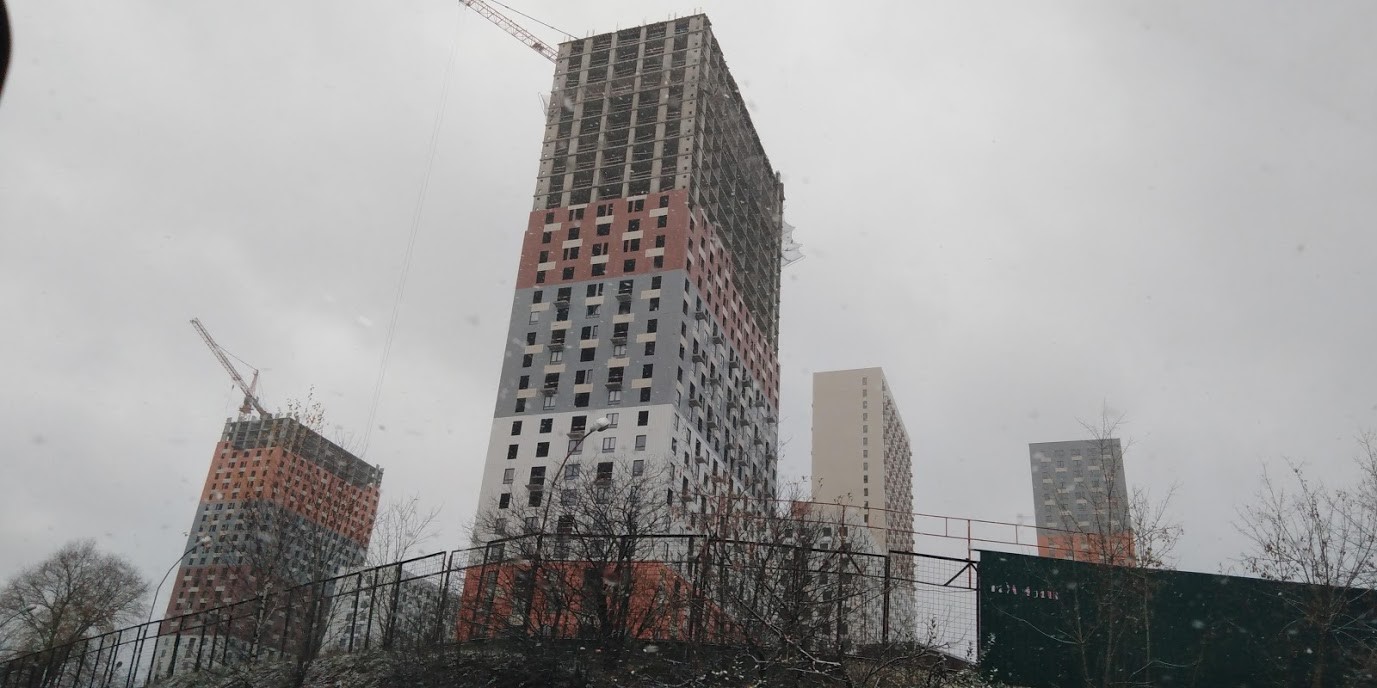
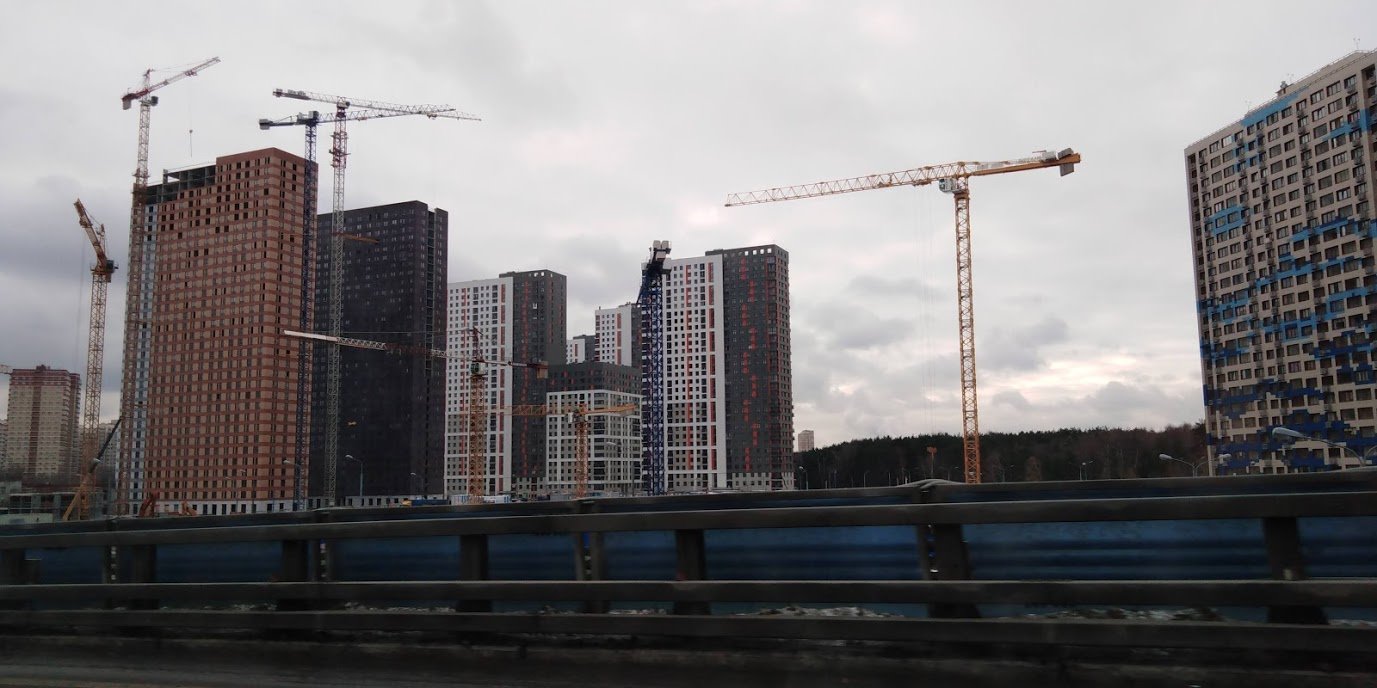
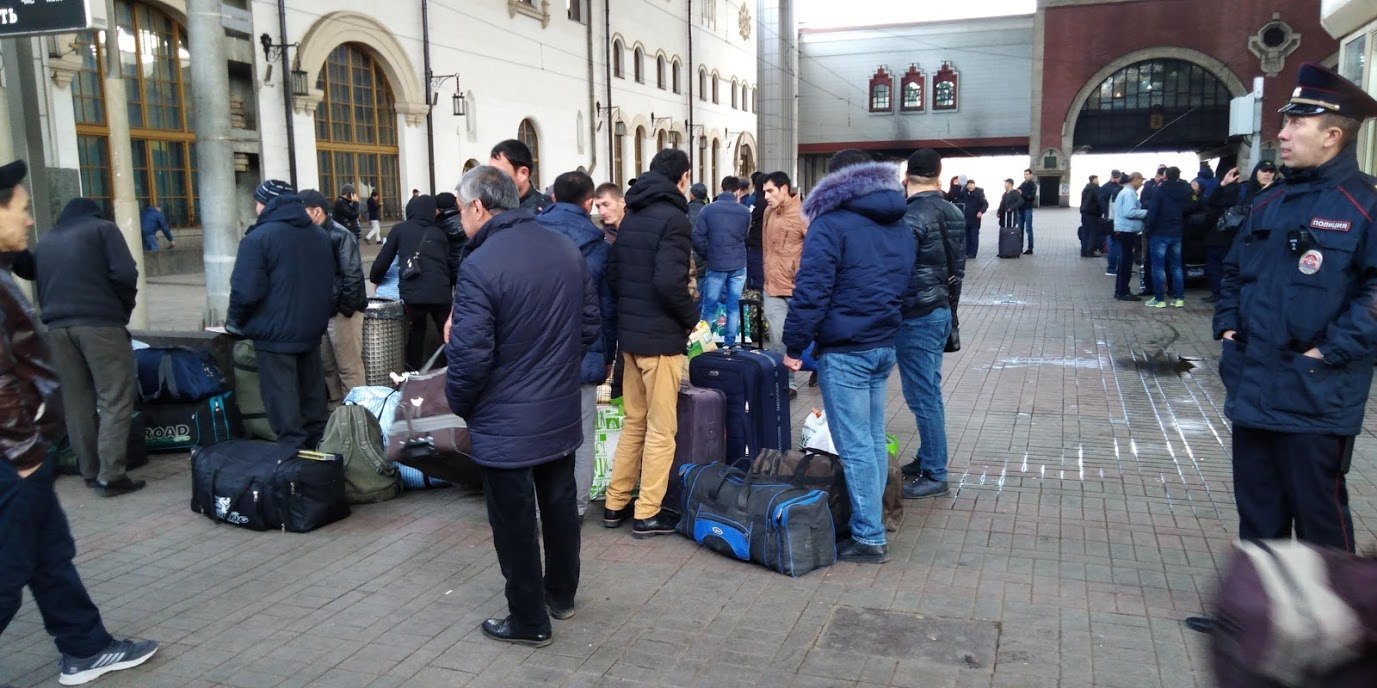
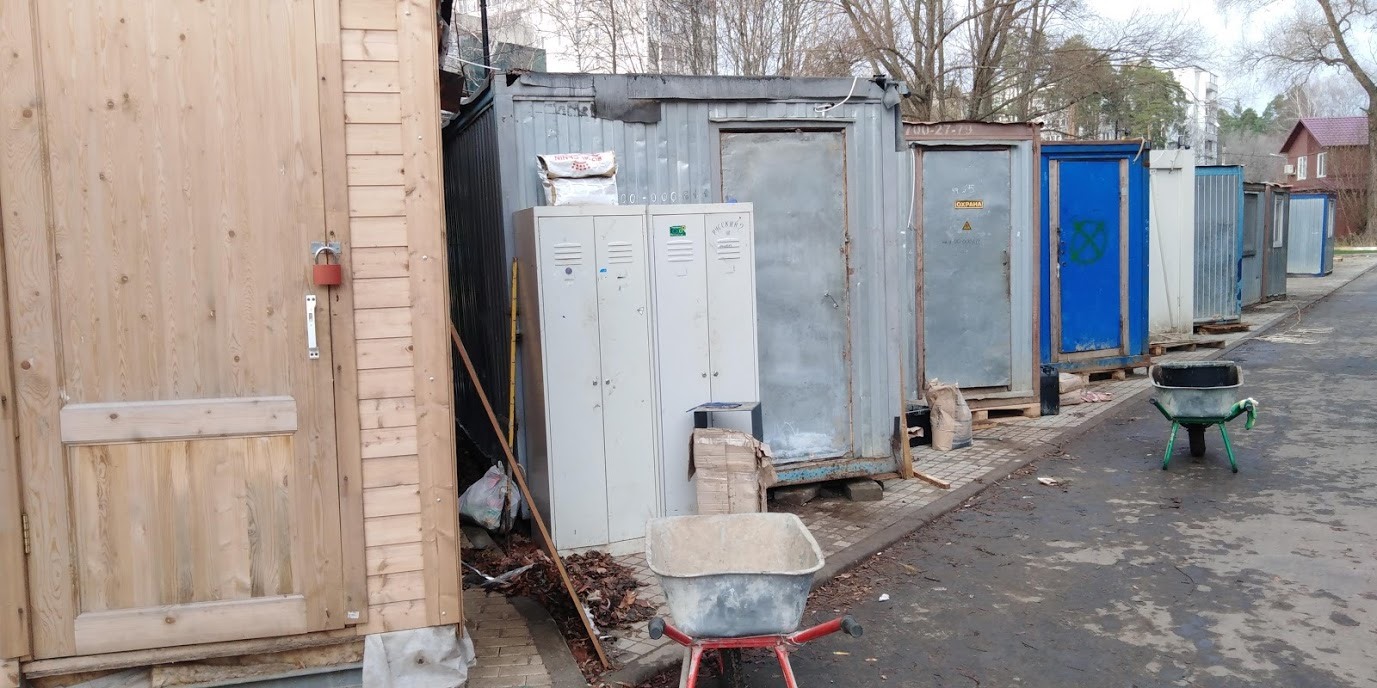
But even as migrants have been allowed to stay and work in the country, they might find it problematic to get an actual job that offers the same level of wages. This will depend on which businesses have sustained demand in these difficult times. Those who are employed in food trade and delivery services may keep their jobs. At the same time, thousands of migrants in restaurants and retail trade have already lost their jobs. Although the Russian government has strongly advised businesses not to fire their employees during the crisis, it is clear that private businesses cannot afford to send their workers home on paid leave. Migrants are reporting that, at best, they were sent to unpaid leave without any guarantee of returning to the same job. Thousands of migrants stranded by the lockdown have been left with little to no money to sustain themselves in the coming weeks as they usually send most of their earnings back home and keep few savings. Some Russian media outlets, despite sufficient supporting evidence, have already started to portray migrants as seizing food from locals.
Central Asian economies remain linked to the Russian economy, and one of the most important parts of this connection continues to be the remittances from labor migrants. The loss of jobs and reduction of earnings for many migrants will lead to a sharp decrease in financial remittances to home countries. A freshly released World Bank report predicts that financial remittances in Central Asia will decrease by 50 percent in 2020. The report also states that GDP growth in Eastern Europe and Central Asia in 2020 will decrease to somewhere between 0.4 and 1.6 percent. Given the average regional GDP growth of about 5-6 percent, this is a real downfall. The situation for migrant workers in Russia has been exacerbated by the plummeting of the Russian ruble as oil prices crashed overnight early in March, when the ruble lost almost ten percent of its value against the US dollar, the main currency of remittances.
Countries around the world, including those in the Eurasian space, have announced national programs worth billions to alleviate the negative effects of the COVID-19 pandemic. However, migrants all over the world are often excluded from the social benefits, generous economic payments, and even the necessary healthcare in the countries of their destination. But for many Central Asian migrants, staying in Russia with the hope of somehow finding work is still a better option than returning home.
